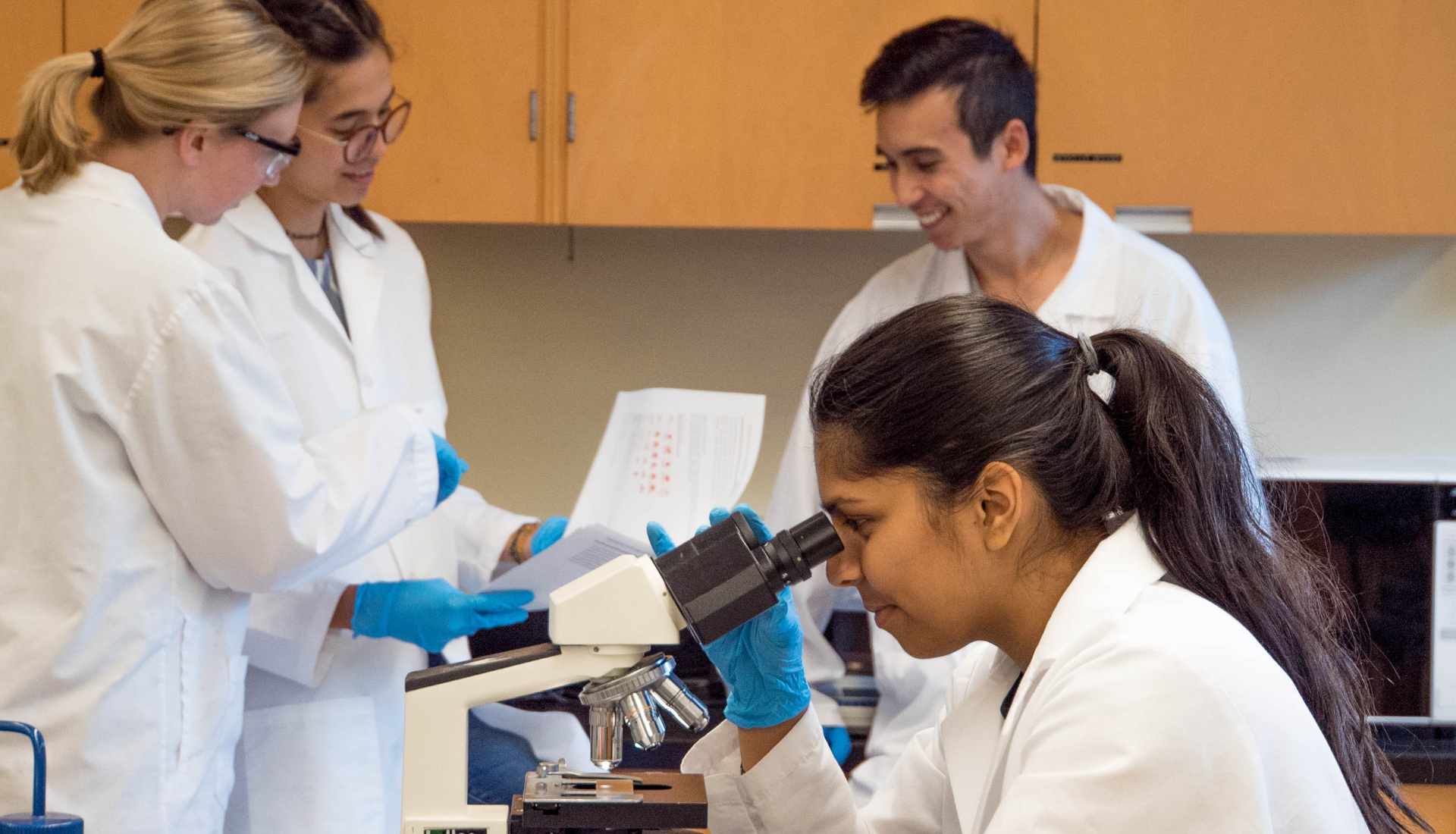Children who live in cities and are exposed to environments with more green zones, around their schools, have better lung function than those surrounded by more built environments. The difference found may be associated with changes in the activity of the autonomic nervous system, according to a study, published in “Scientific Reports”, which included the participation of researchers from the Instituto de Saúde Pública da Universidade do Porto (ISPUP).
“With this paper, we wanted to understand how the outside environment influences children’s lung function and the activity of their autonomic nervous system, which regulates many of the airway functions”, explains Inês Paciência, first author of the study, coordinated by ISPUP researcher André Moreira.
“We have chosen to evaluate the influence of spaces around schools on children’s lung function as they spend most of their time in or near the school grounds”, the researcher adds.
The researchers evaluated the respiratory health of 701 children attending the 3rd and 4th grades of 20 primary schools in the city of Porto, using a questionnaire, and physical and clinical evaluations.
The space around the schools was analyzed, considering the areas that were located at a distance of 500 meters from each school.
We were able to show that areas with more green spaces have a positive effect on children’s lung function and that this effect can be mediated by the autonomic nervous system. “We also found that increased exposure to built-up spaces is associated with changes in children’s parasympathetic nervous system, which in turn may lead to a decrease in their respiratory function”, she says.
For Inês Paciência, this article highlights the importance of promoting “the construction of green areas around schools”. According to the author, these areas “may be associated with a reduction in risks arising from exposure to urban environments. Basically, it´s a way to prevent disease, with a view of achieving future health gains”.
The article is entitled School environment associates with lung function and autonomic nervous system activity in children: a cross-sectional study. The researchers João Cavaleiro Rufo, Diana Silva, Carla Martins, Francisca Mendes, Tiago Rama, Ana Rodolfo, Joana Madureira , Luís Delgado, Eduardo de Oliveira Fernandes, Patrícia Padrão, Pedro Moreira, Milton Severo, Maria de Fátima Pina, João Paulo Teixeira, Henrique Barros, Lasse Ruokolainen and Tari Haahtela also participated in the study.
In addition to ISPUP, the Faculdade de Medicina da U.Porto, INEGI, Faculdade de Ciências da Nutrição e Alimentação da U.Porto, I3S, INEB, Oswaldo Cruz Foundation, INSA, and the University of Helsinki participated in the research.
The study was developed within the ARIA project: “How air quality can influence asthma and allergy in children”. This scientific research project covers the areas of health and interior environment, focusing on indoor air quality and health in elementary schools in the city of Porto.



